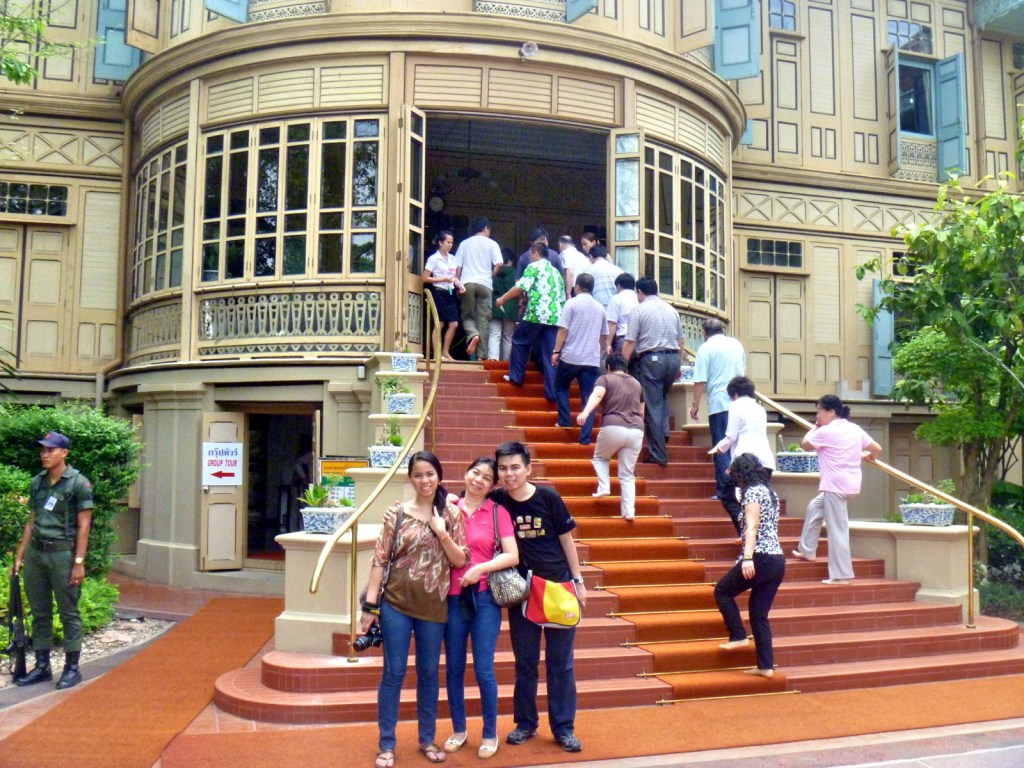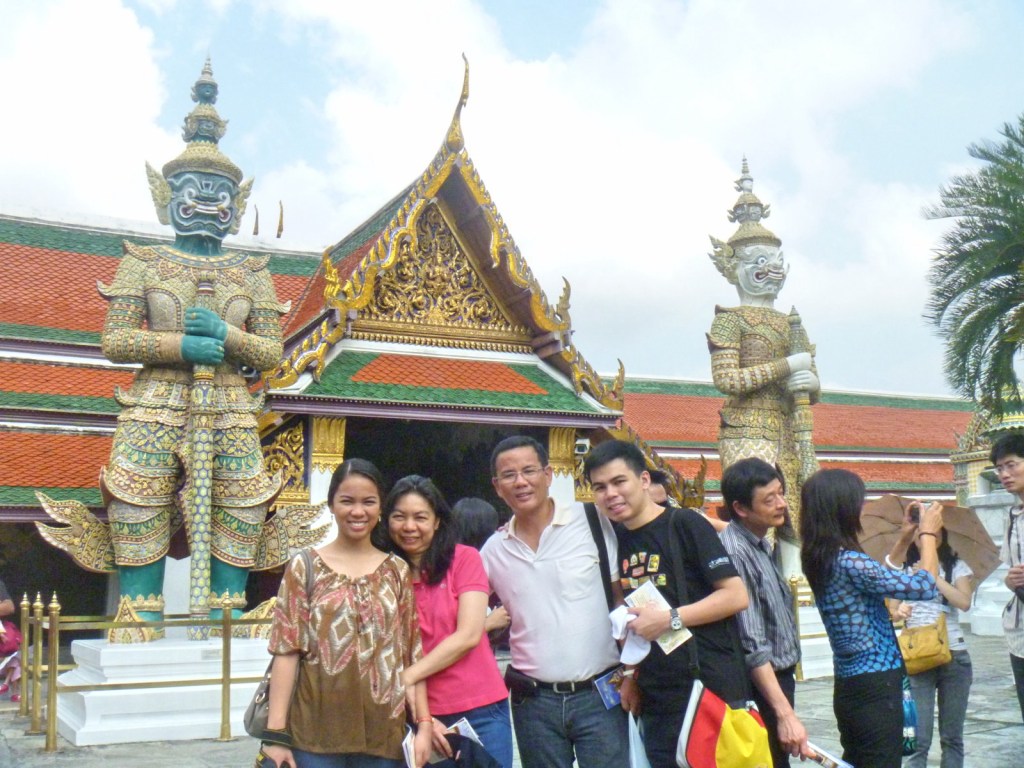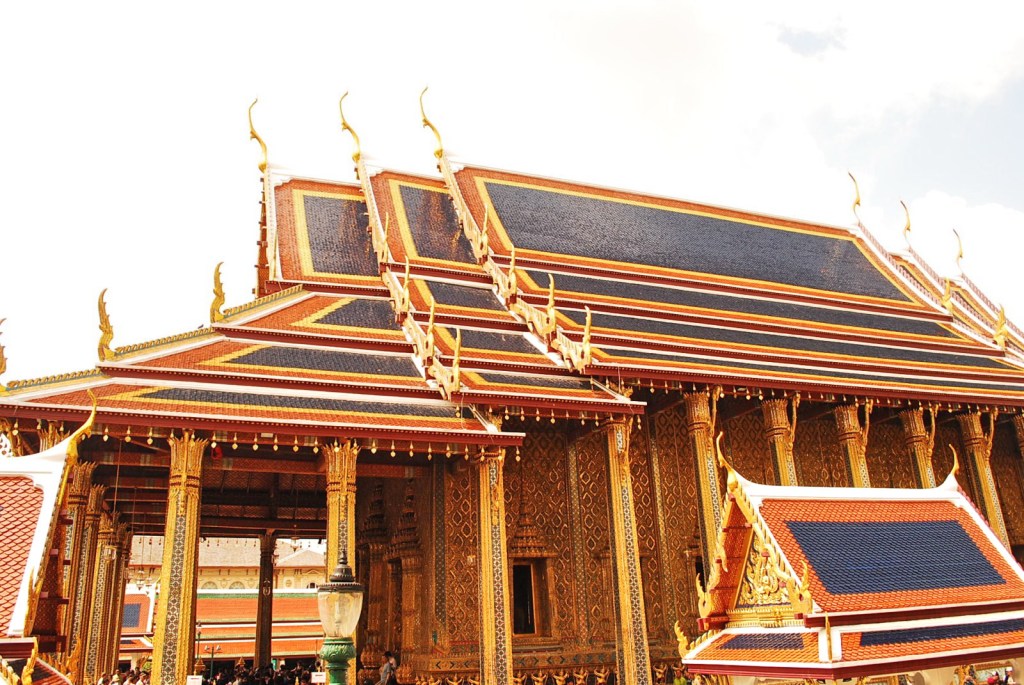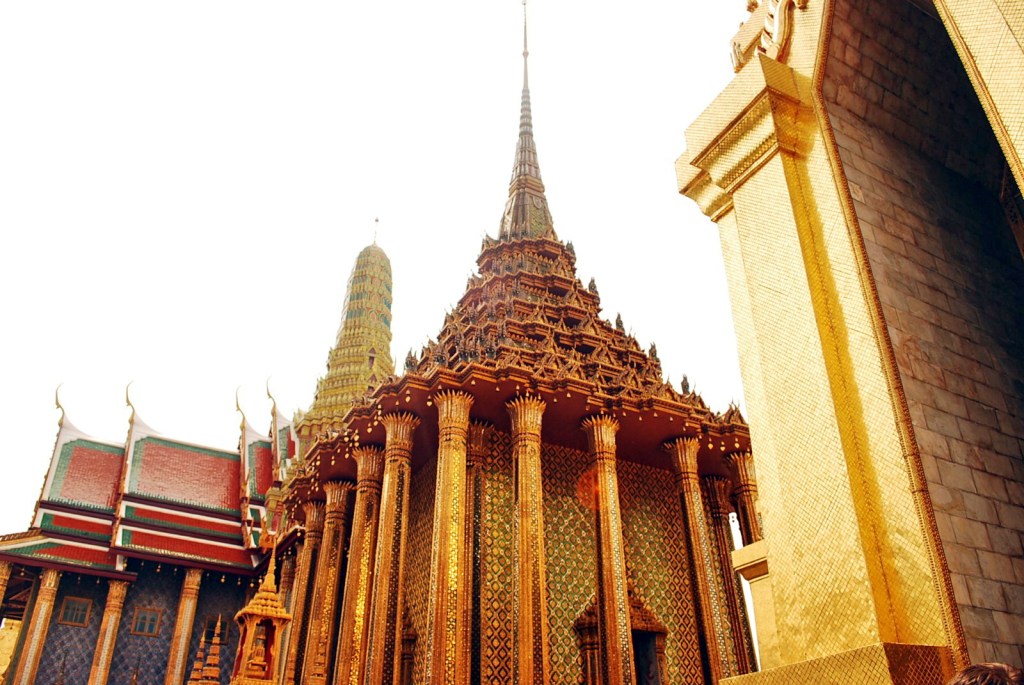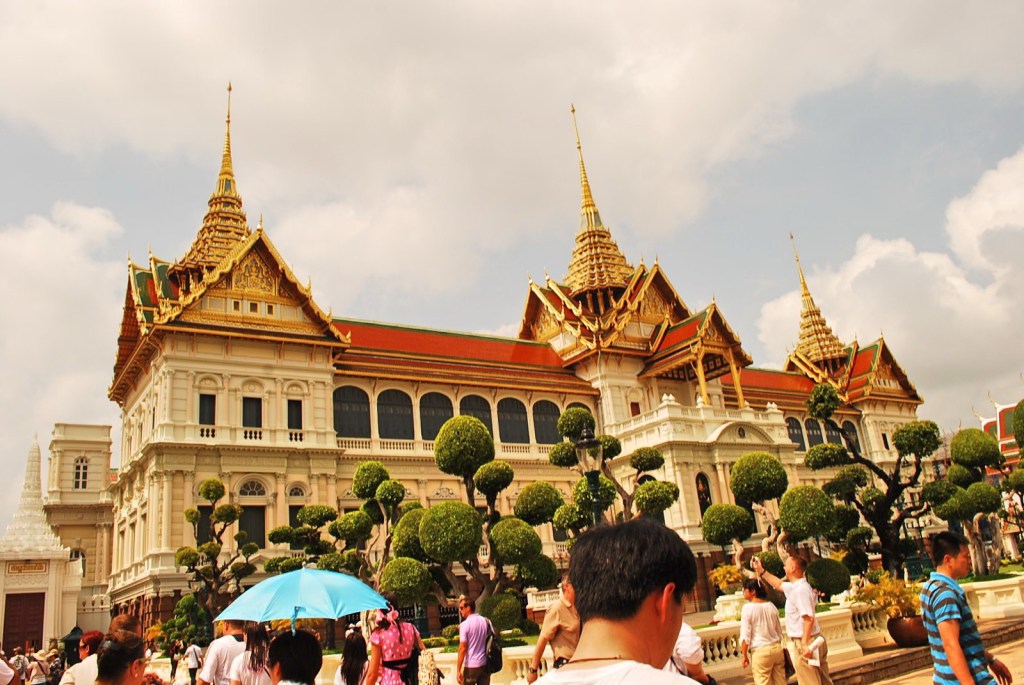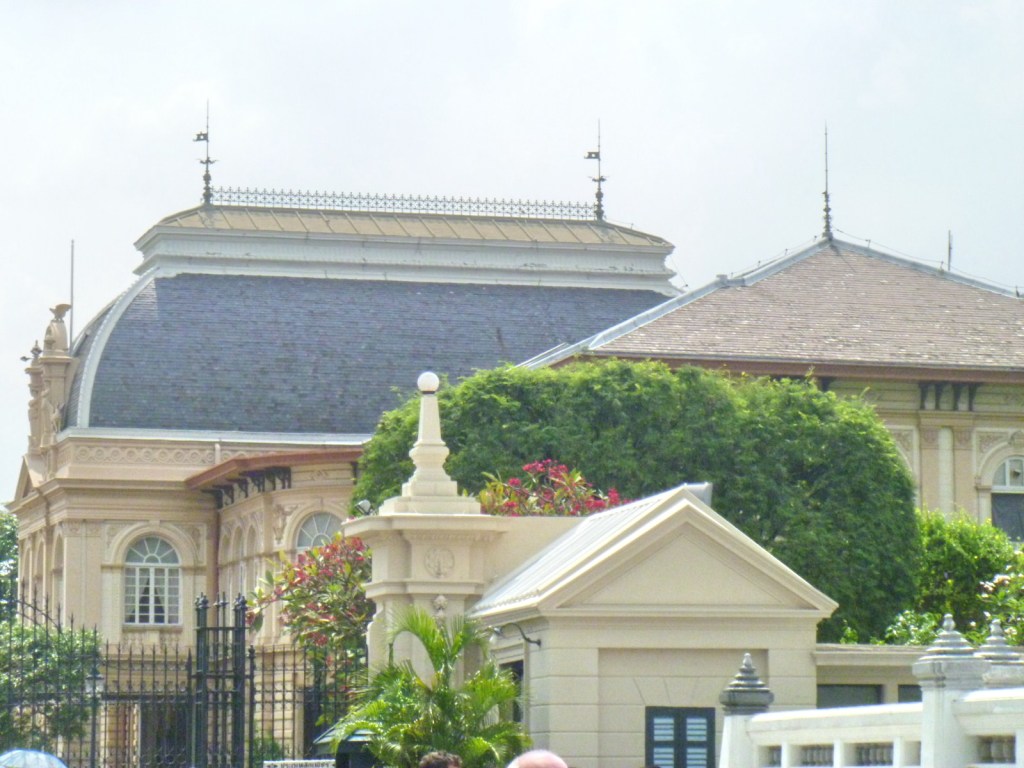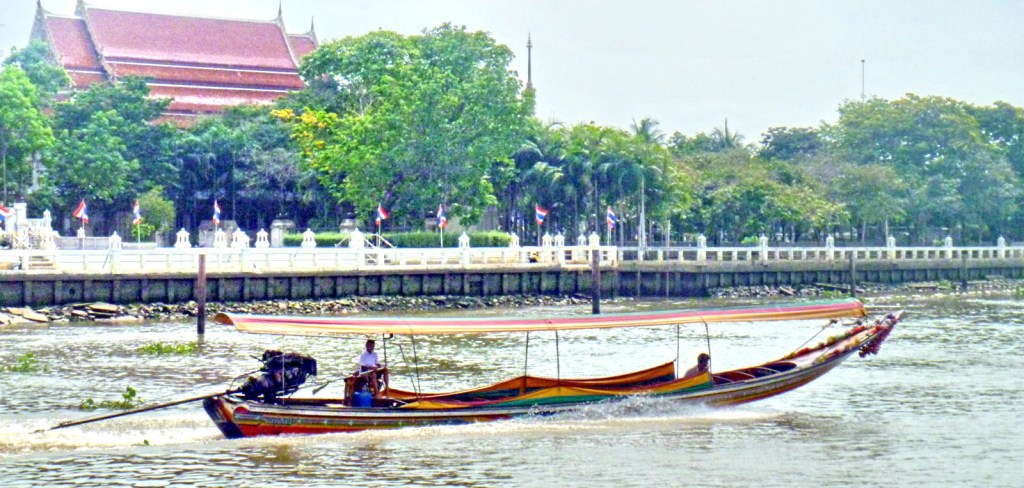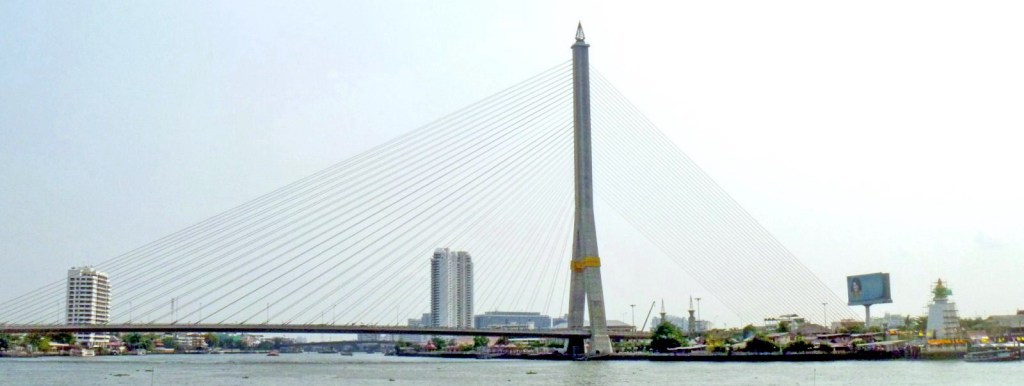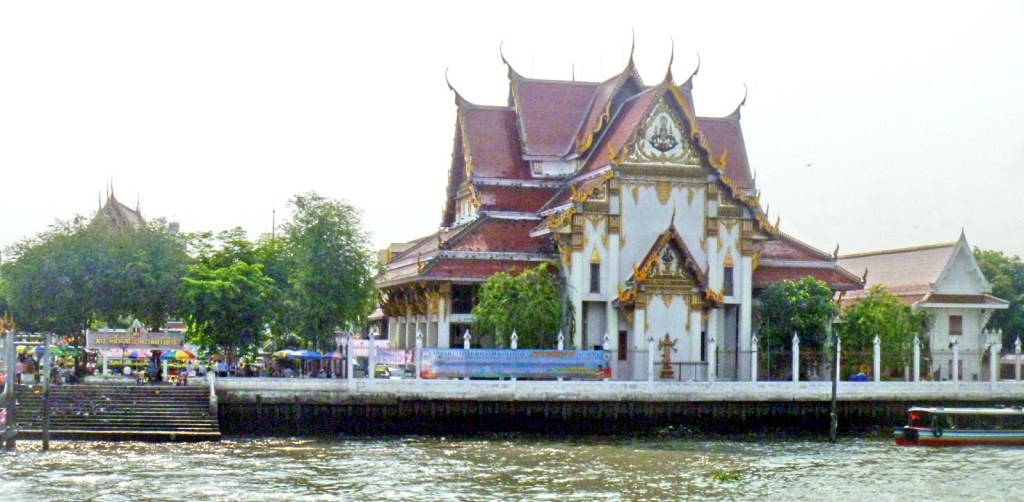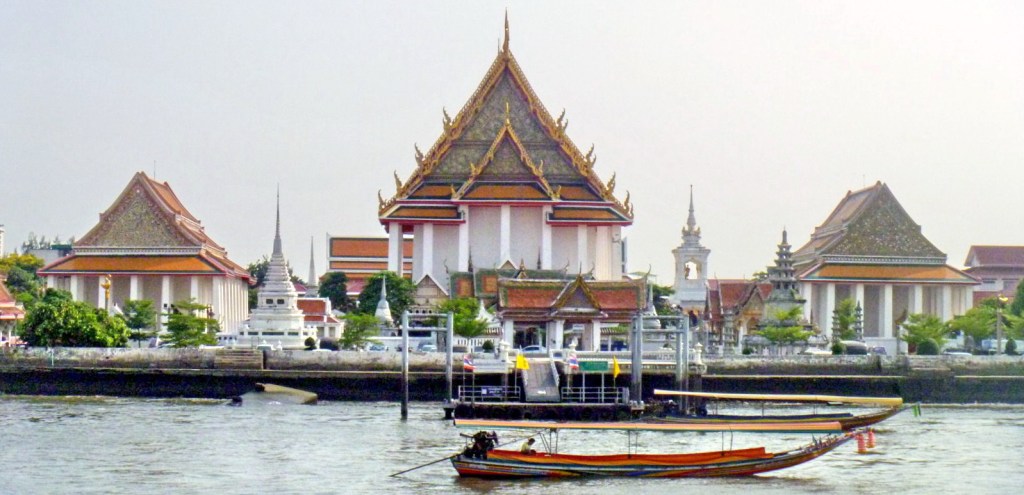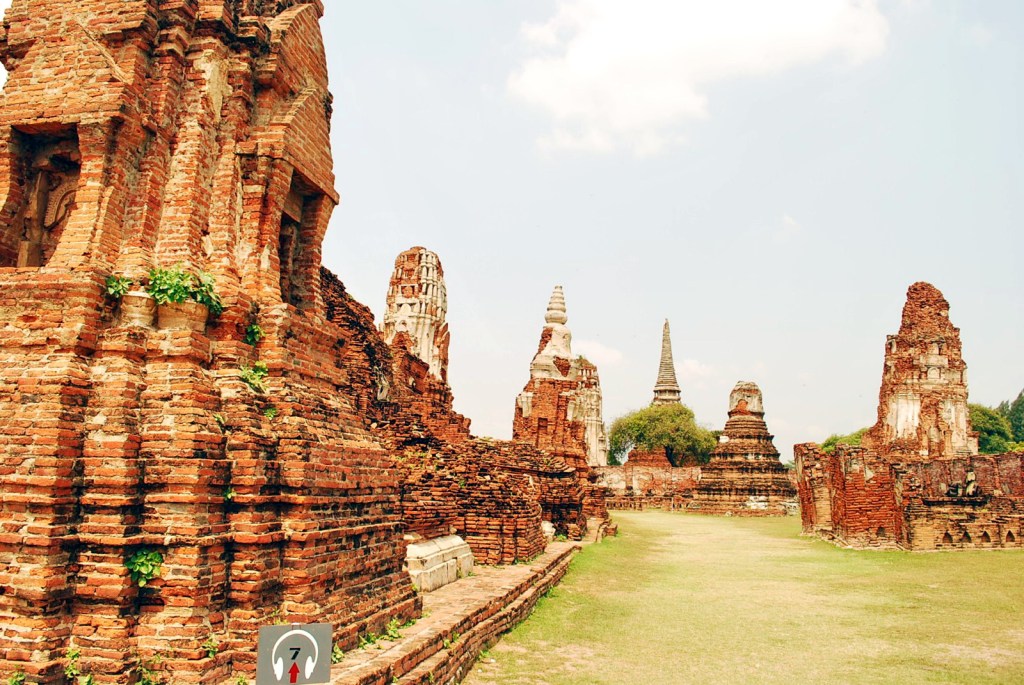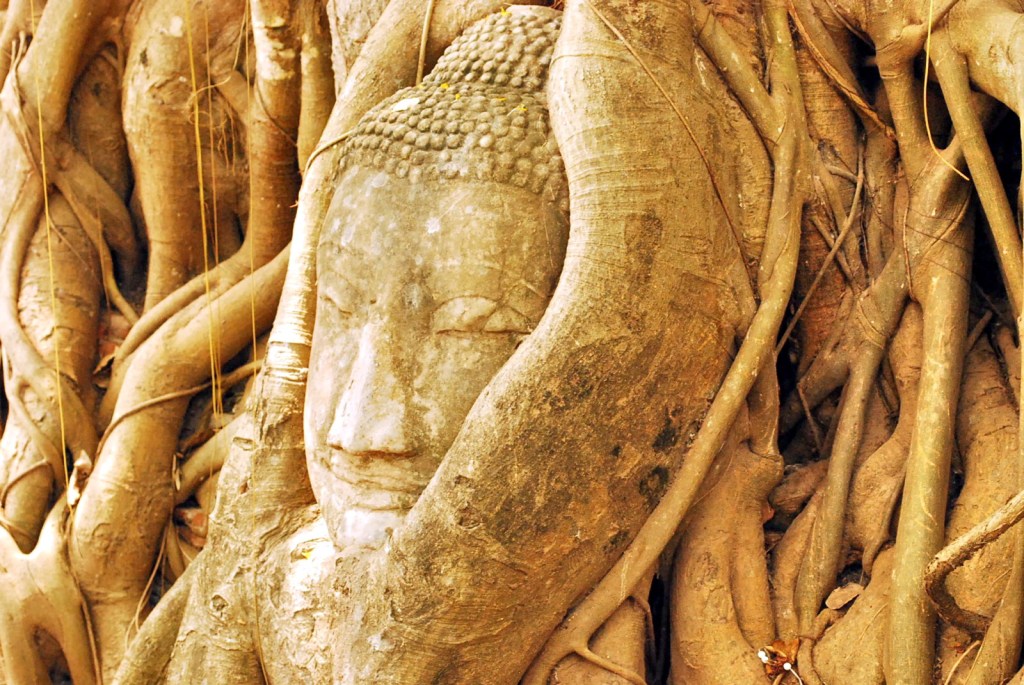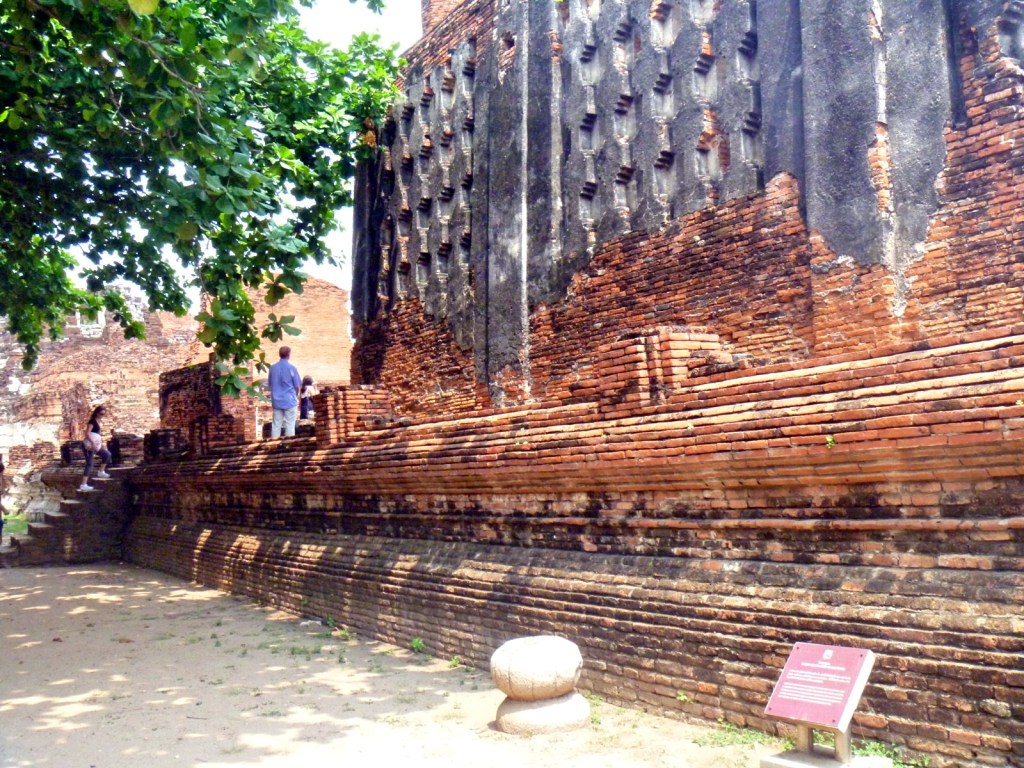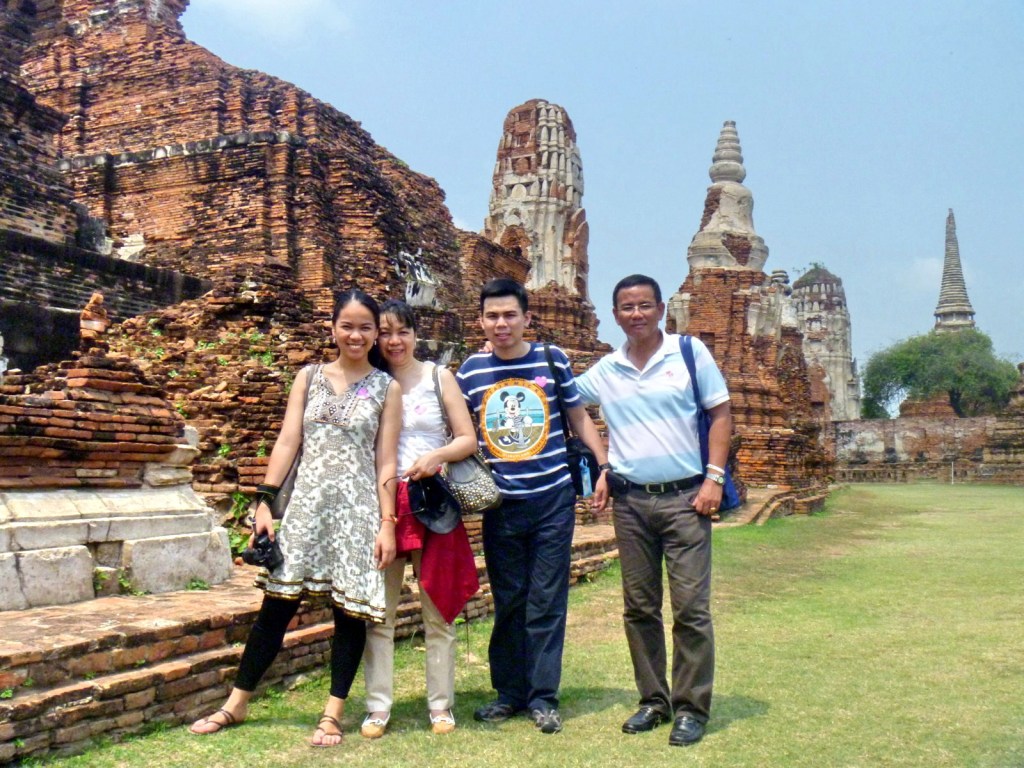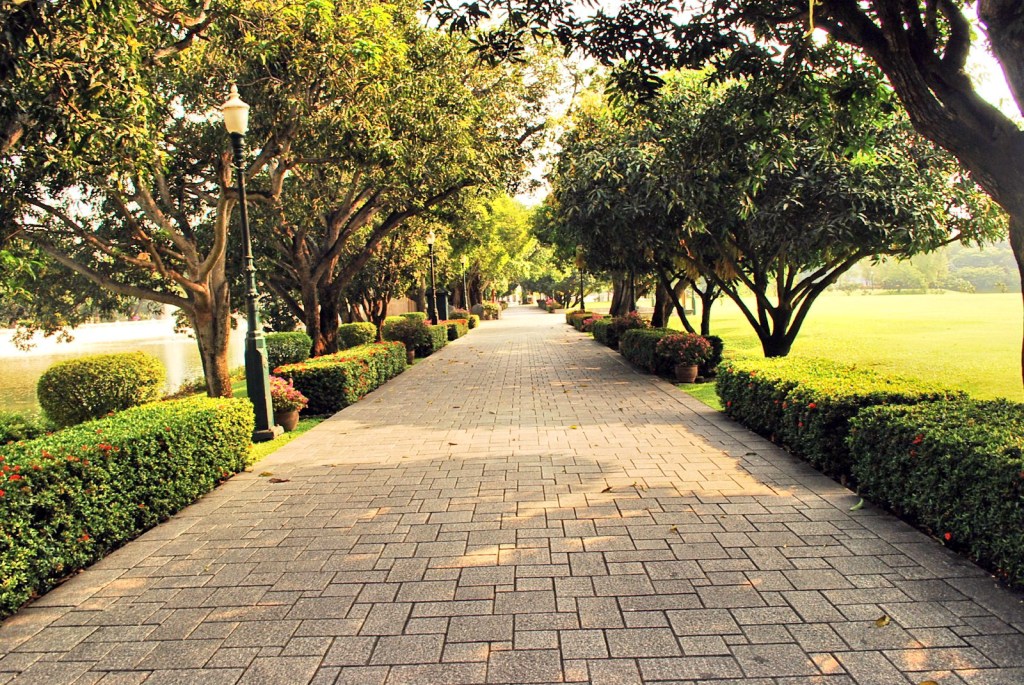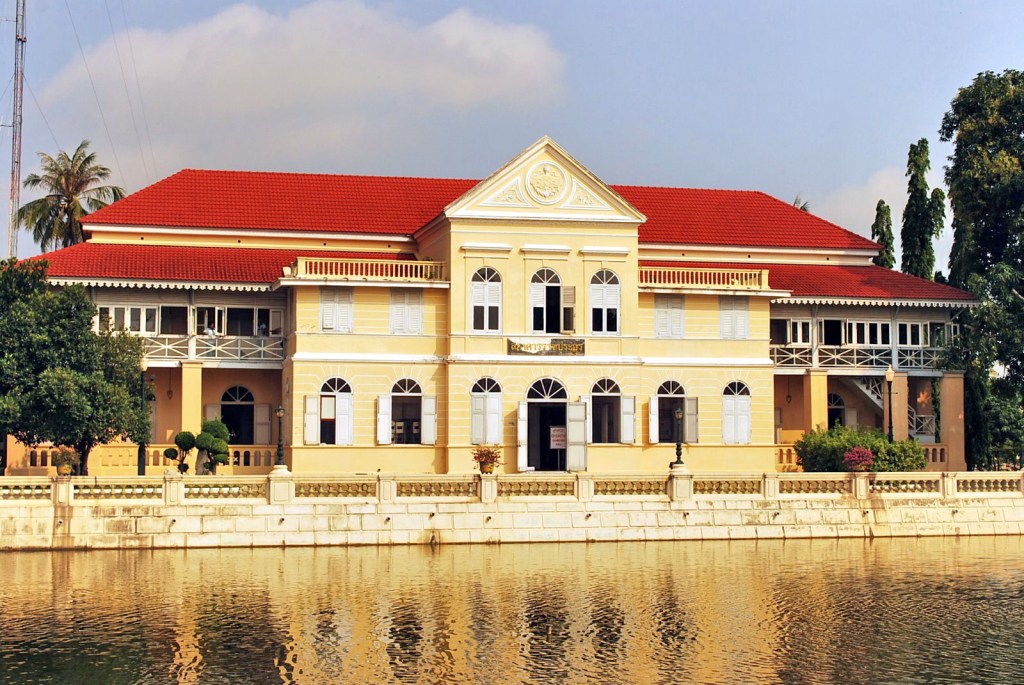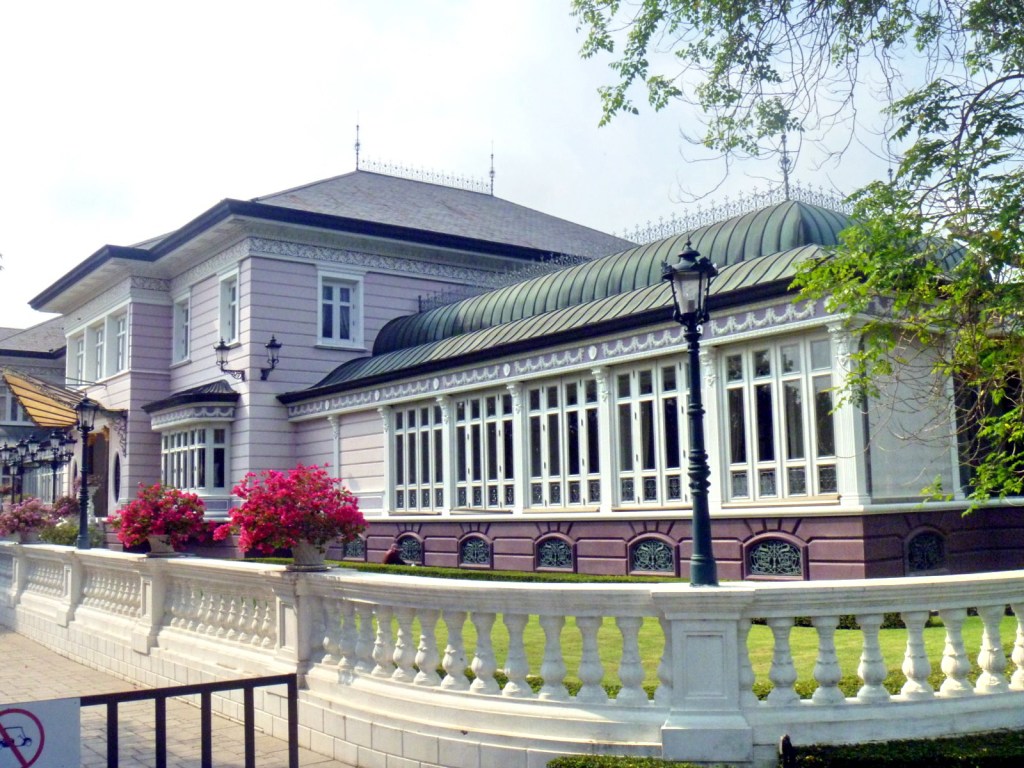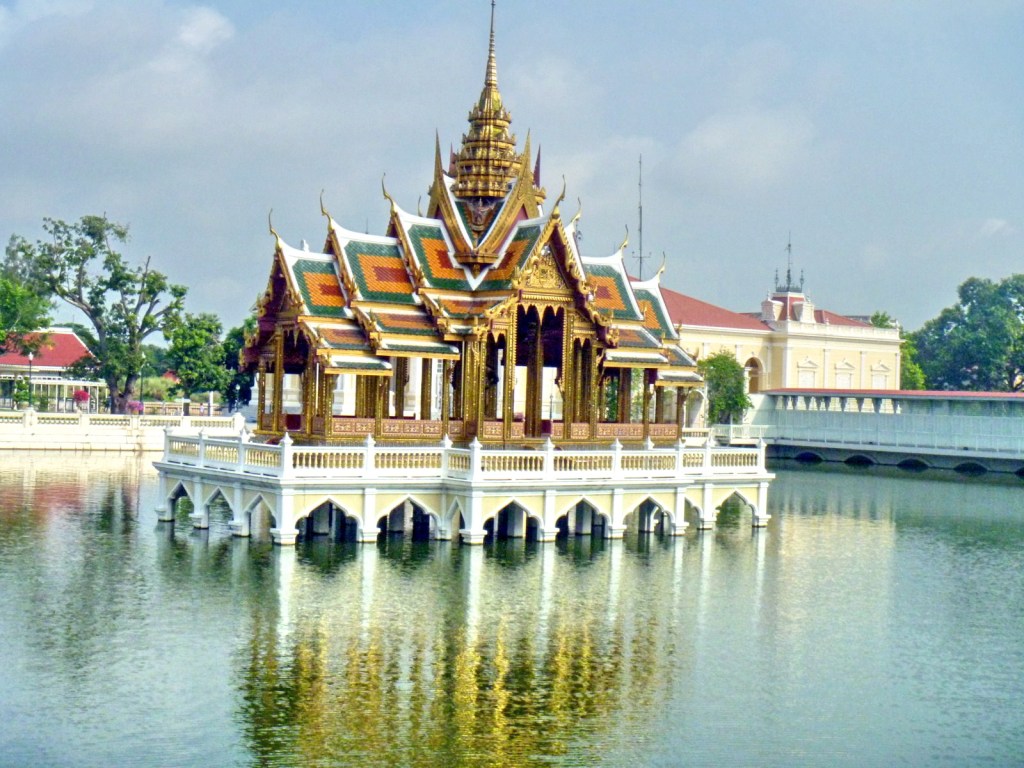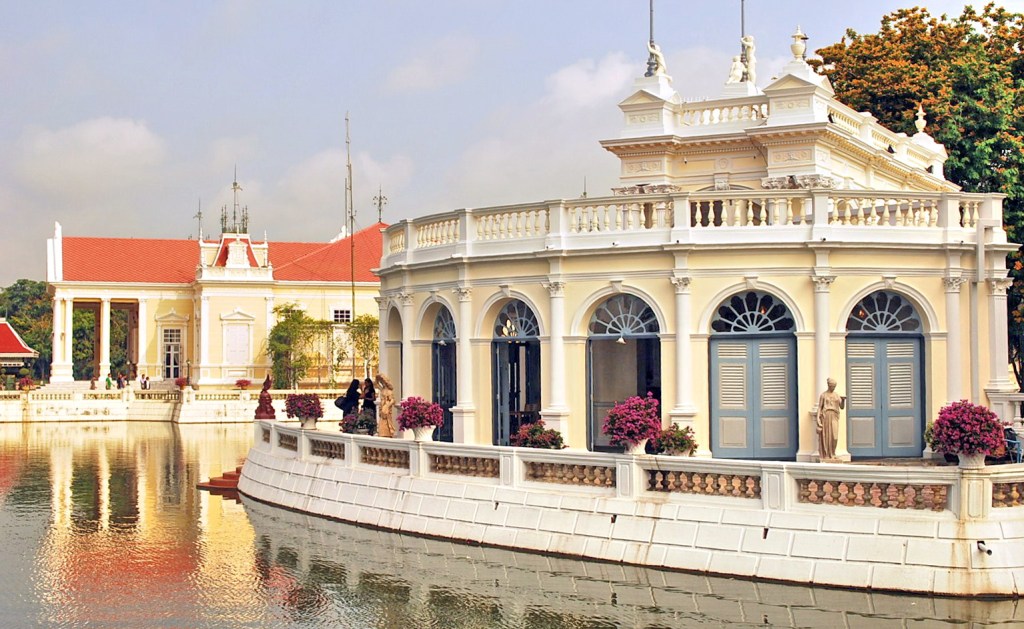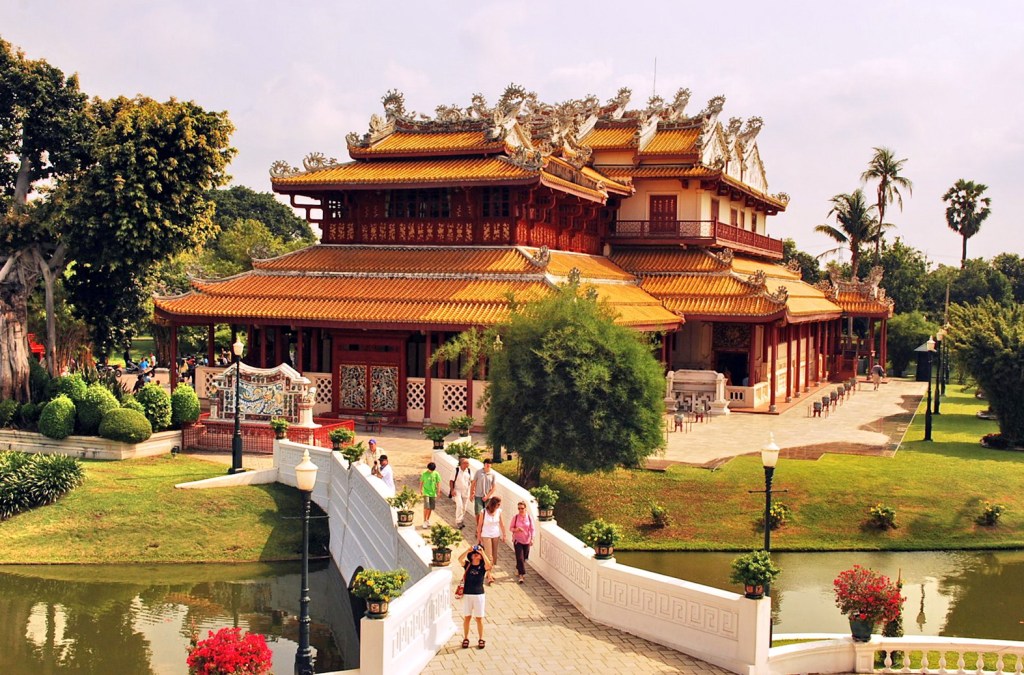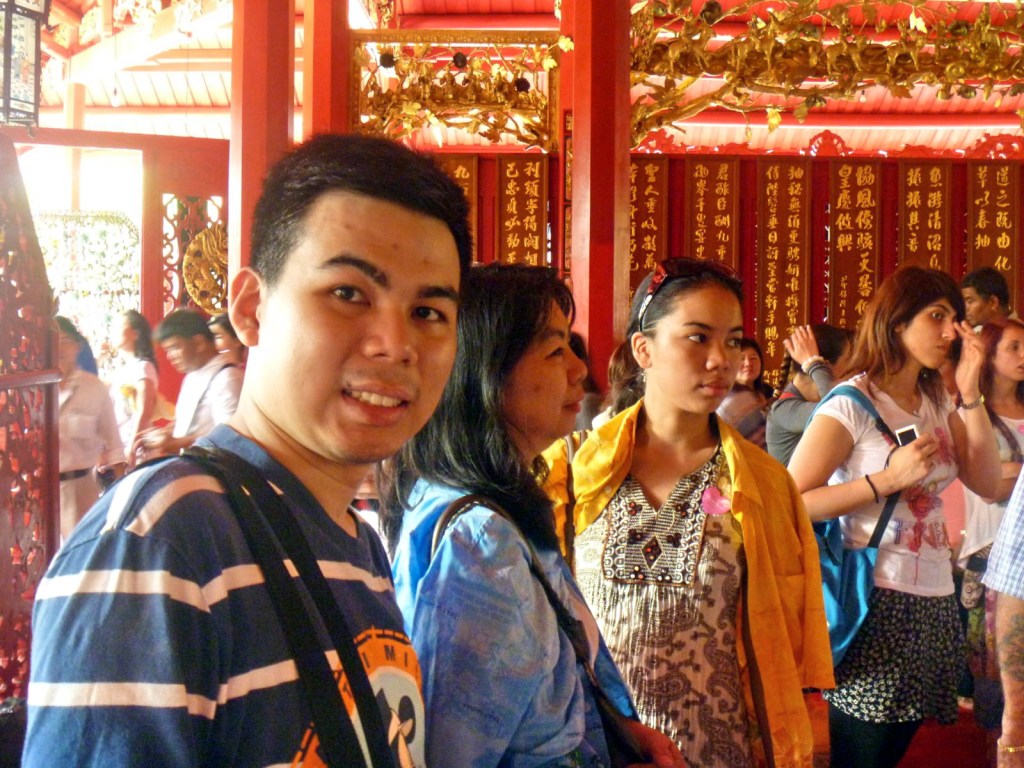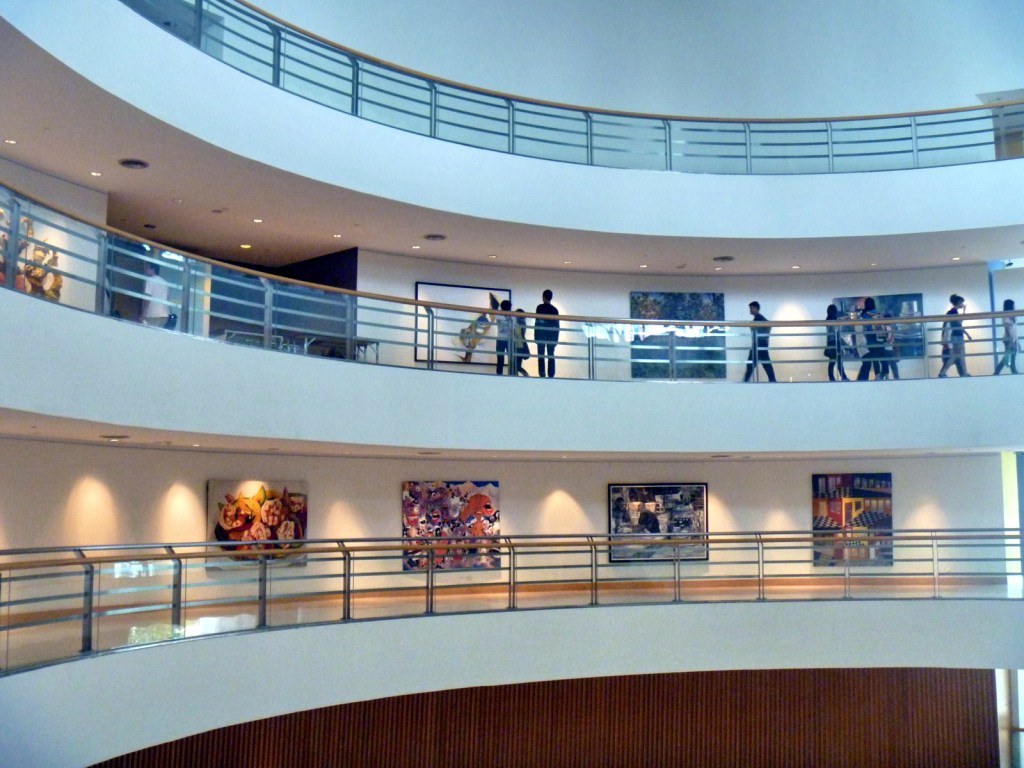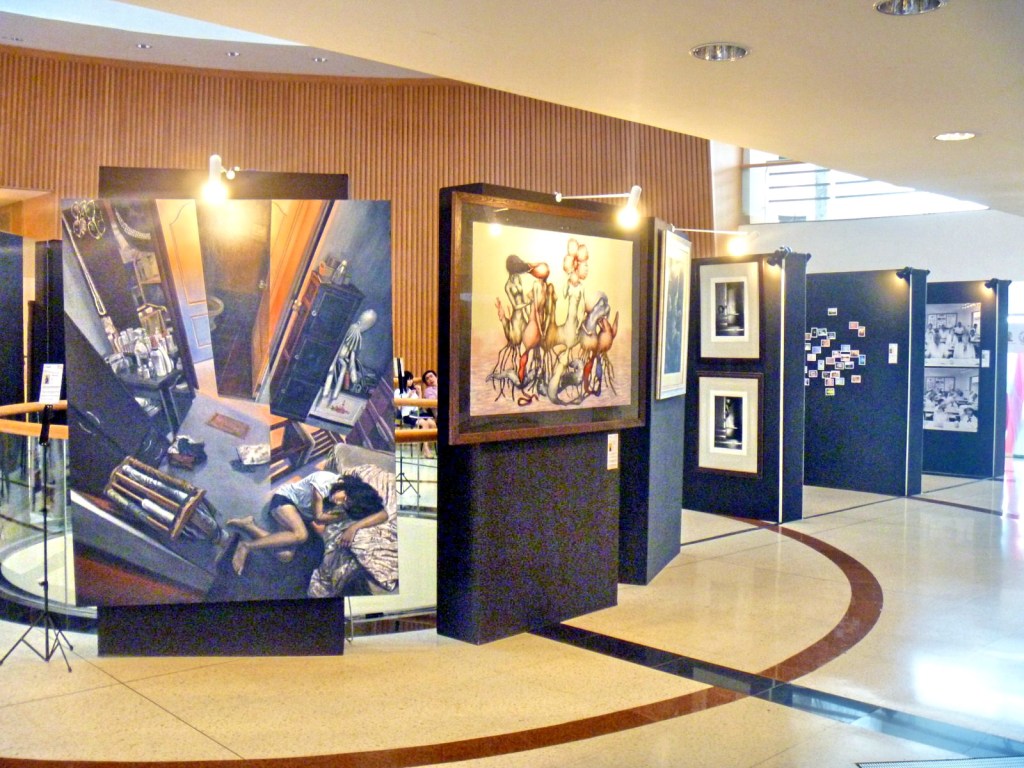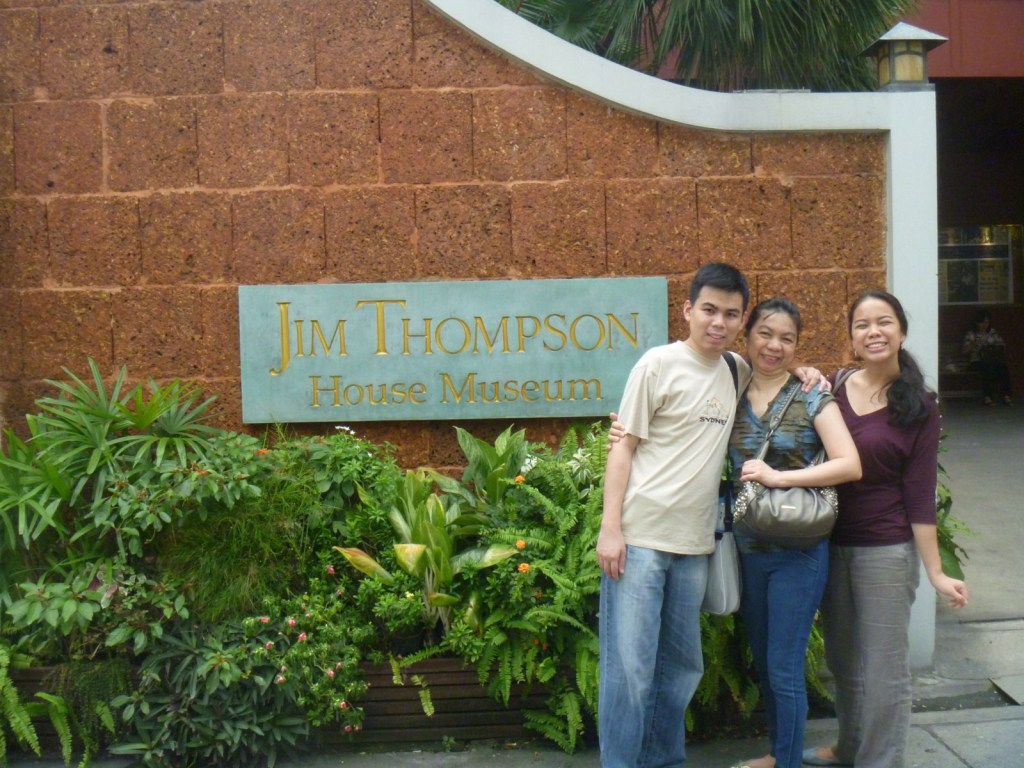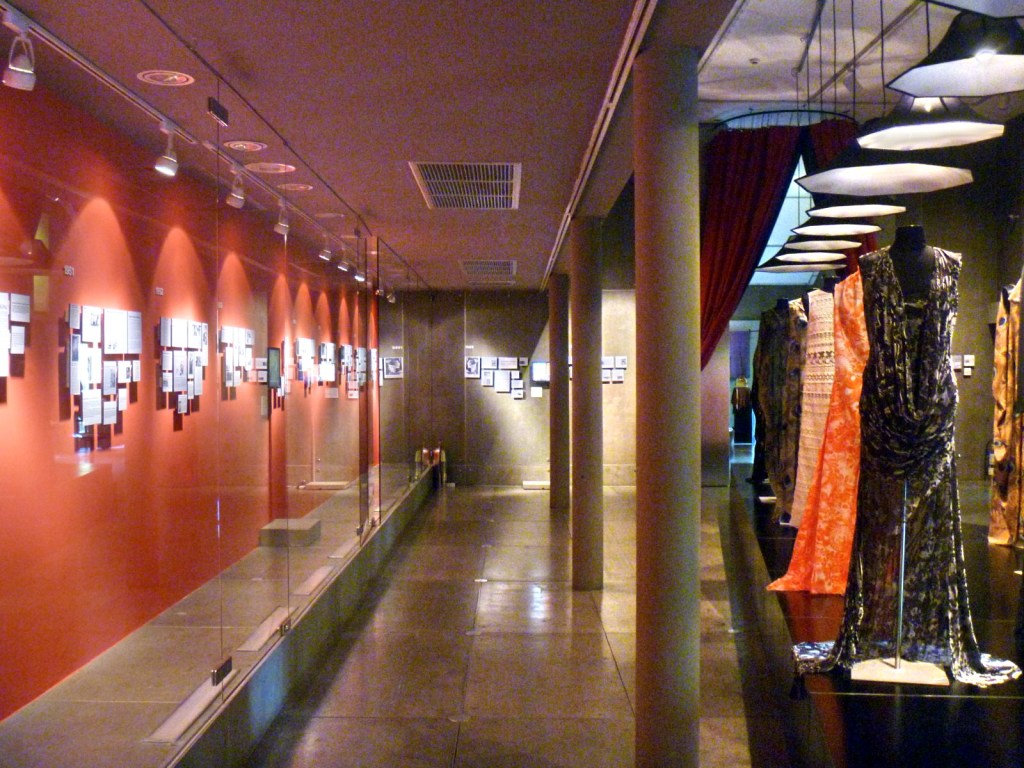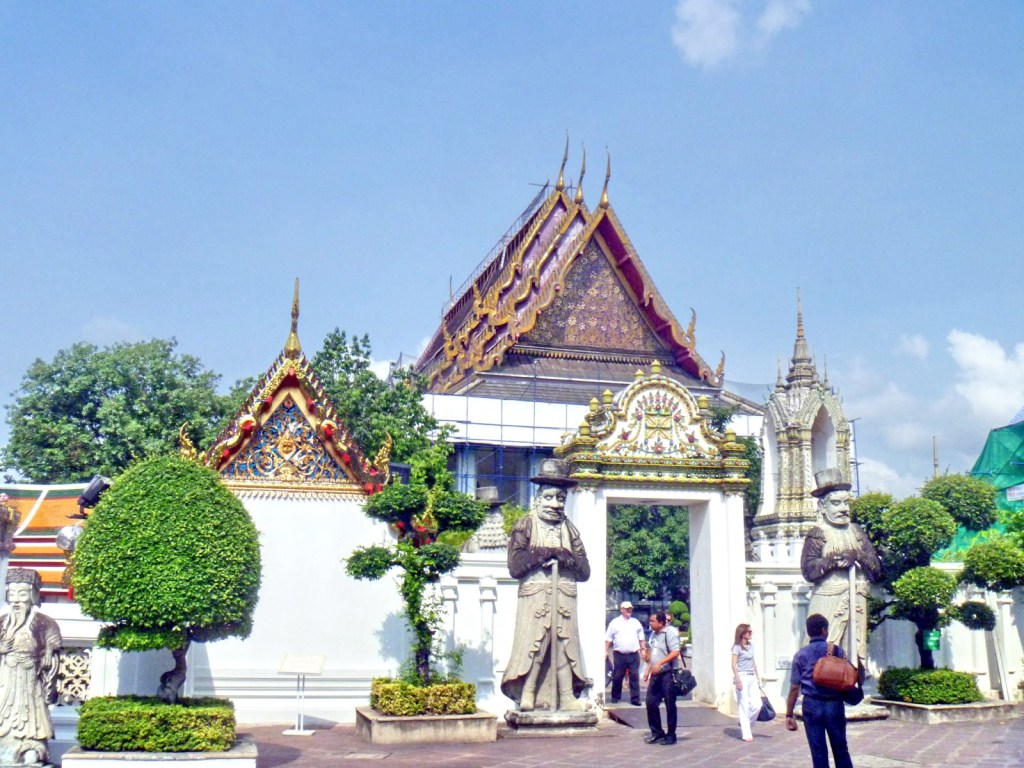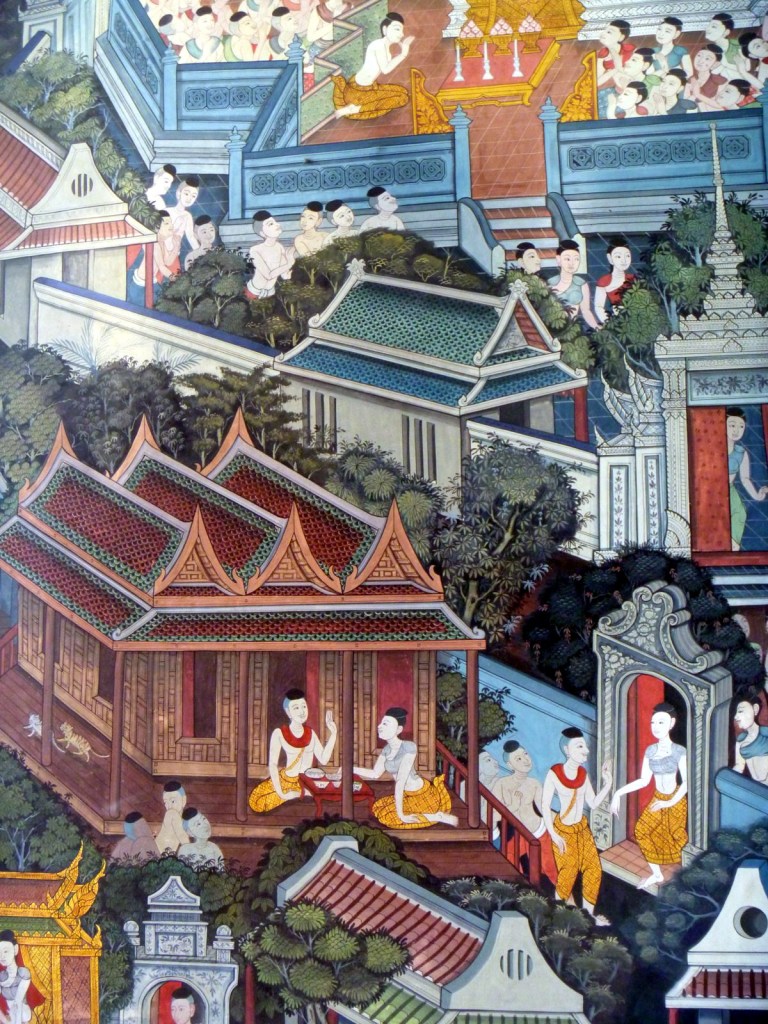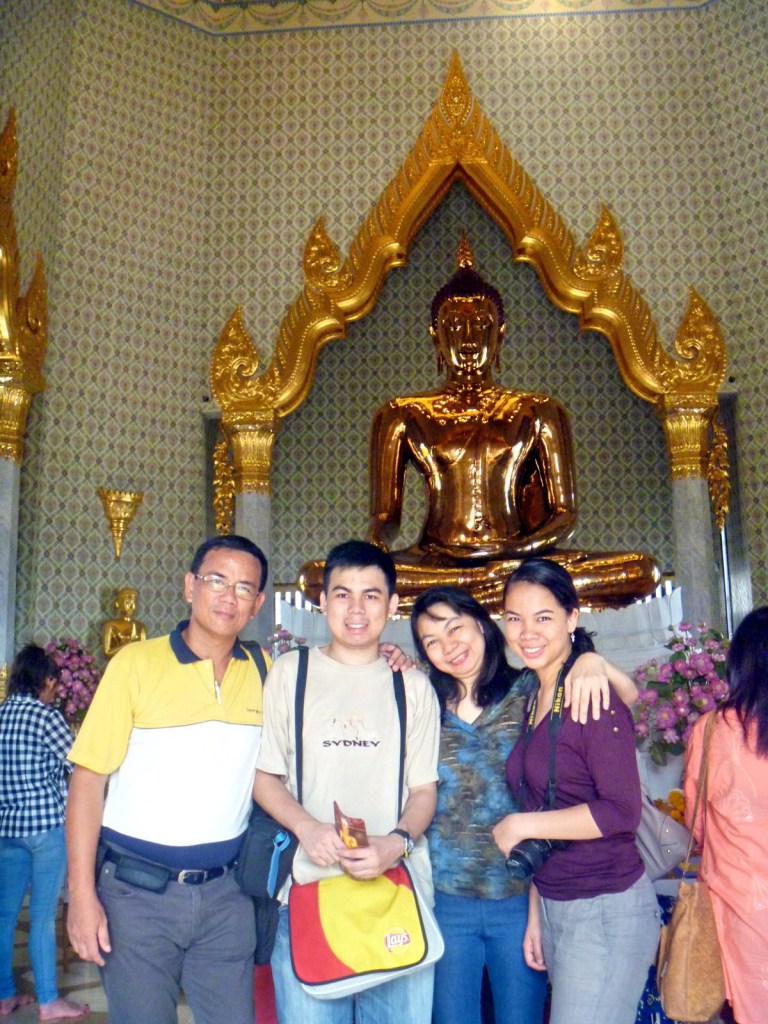Included in the admission ticket to the Grand Palace was free entry to the Vimanmek Palace (also called the Vimanmek Teak Mansion), at the Dusit Palace Complex, and we next proceeded there. The world’s largest building made of golden teak, its elaborate style reflects a unique blend of Victorian and delicate Thai architecture. The mansion is one of 16 mansions or residential halls (out of 20) in the complex that can be visited by tourists.
A former royal palace, it was built in 1900 by King Chulalongkorn (King Rama V, 1868-1910), a few years after his return from Europe in 1897, using his personal money to purchase orchards and paddy fields between Padung Krungkasem Canal and Samsen Canal for the construction of a royal garden which he named the Dusit Garden. Vimanmek Mansion was the first permanent residence there. Upon its completion, King Rama V then transferred here from the Grand Palace and stayed for 5 years until the completion of Amporn Satan Residence in 1906 (where he live until his death). Vimanmek Mansion was then closed down and members of the royal family moved back to the Grand Palace. In 1982, it was renovated and converted into a museum.
This 72-room building has 2 right-angled wings, each 60 m. long and 20 m. wide. It is 3-storeyed except for the octagonal part, where King Rama V resided, which has 4 storeys. Although the ground floor is brick and cement, the upper floors are made with beautiful golden teakwood.
Before touring, we had to put all our belongings in a locker (same as in the Jim Thompson House). It was also a shame we can’t take photos inside. Before entering, we also had to remove our shoes and wait our turn. The mansion was a veritable museum that displays the king’s photographs, art and artifacts that commemorate his royal visit to Europe. We also viewed an exhibit of Thai handicrafts in 31 exhibition rooms, some of which maintain the atmosphere of the past, especially the bedrooms, the Audience Chamber and the bathrooms. Some rooms display silverware, ceramics, glassware and ivory.
Vinanmek Mansion: Ratchawithi Rd., Dusit, Bangkok, Thailand. Tel: +66 2 628 6300 Ext. 5120-5121. Fax: +66 2 628 6300 Ext. 5136. Website: www.vinanmek.com.



